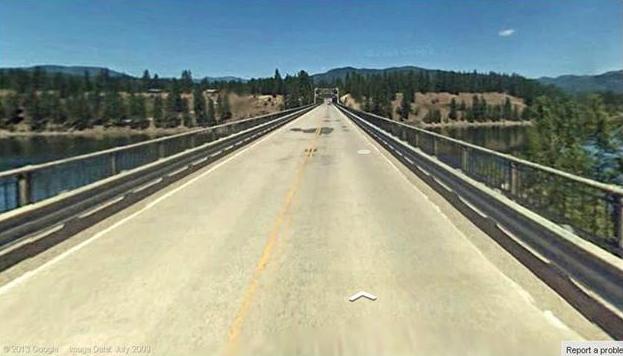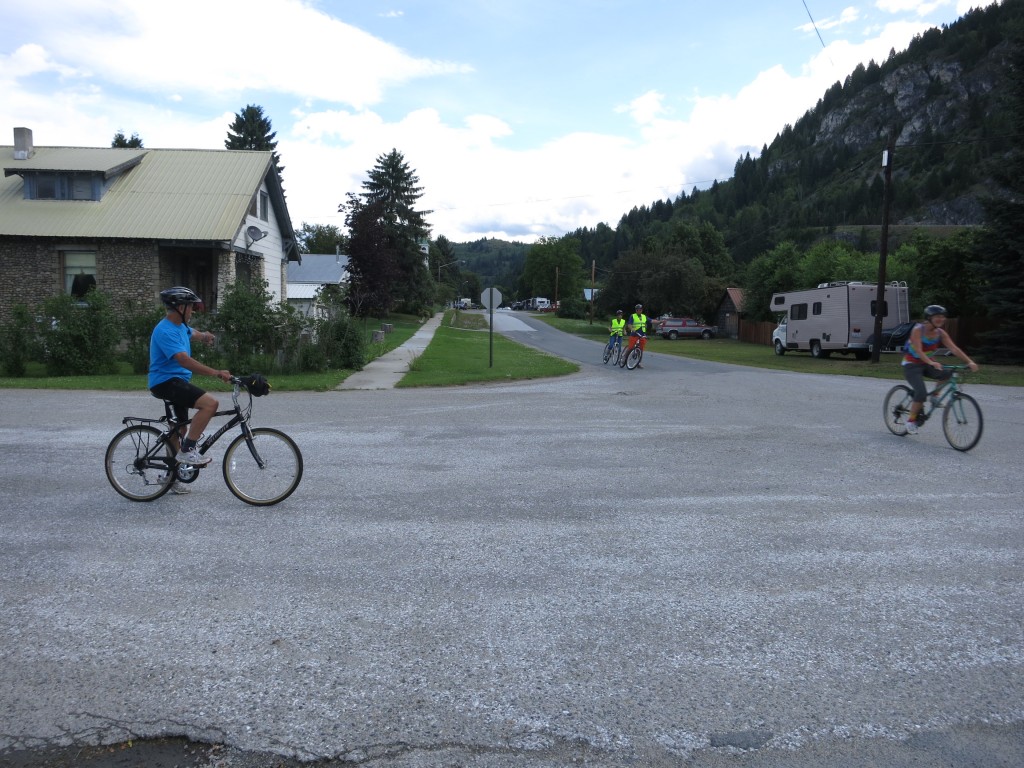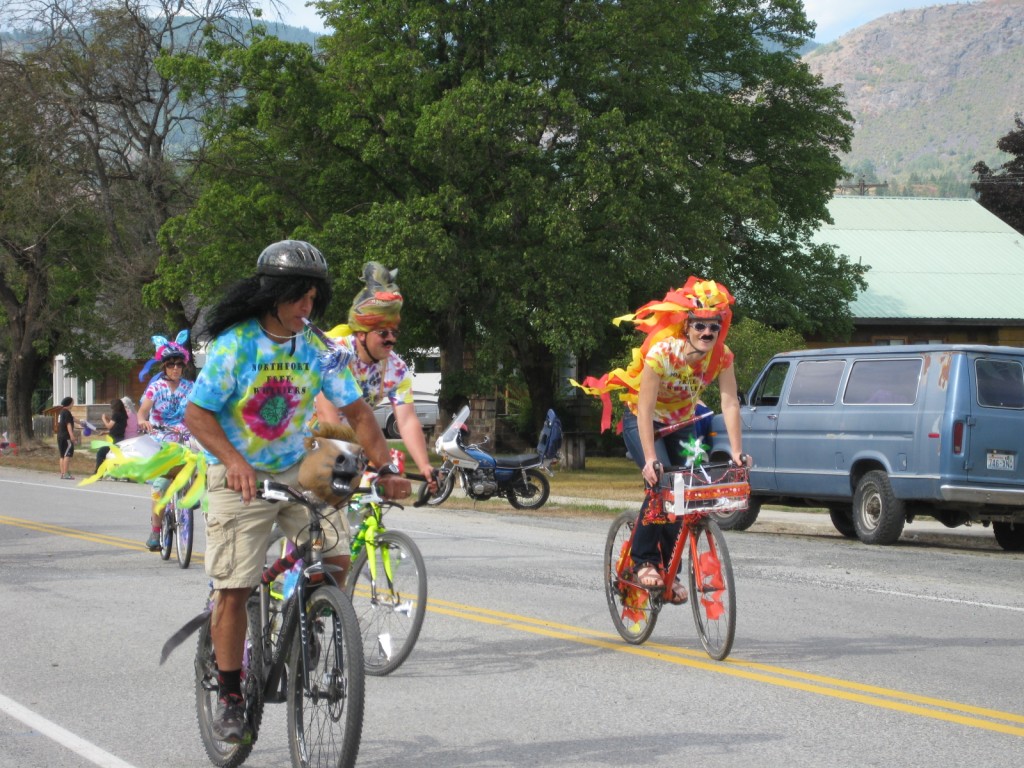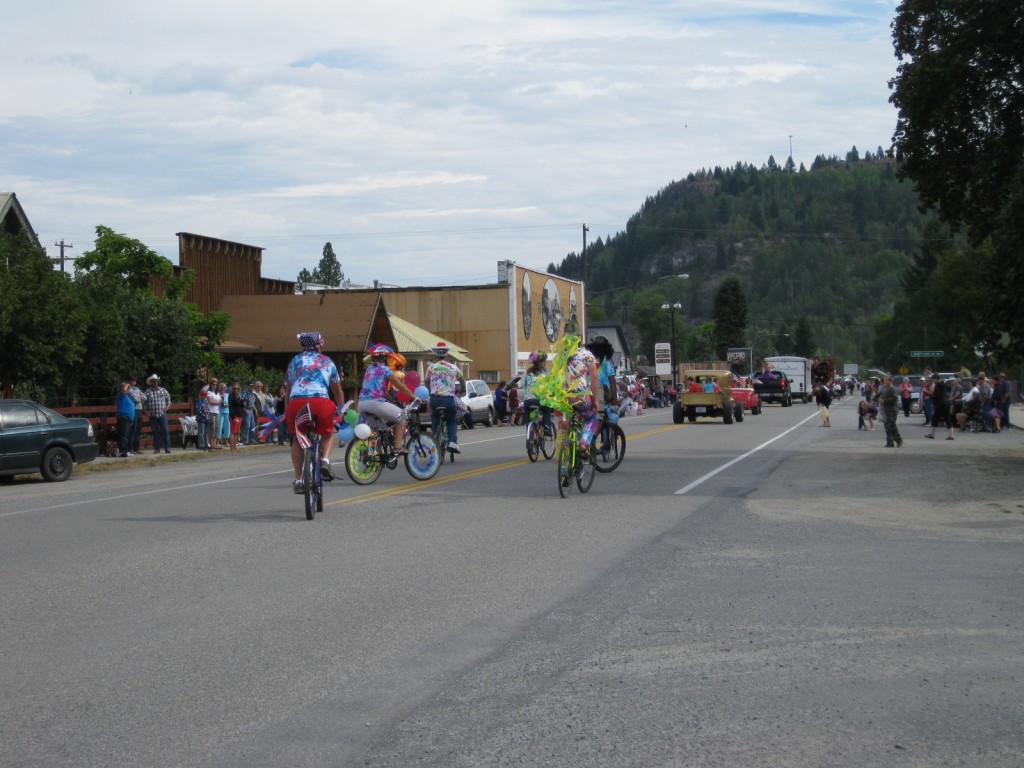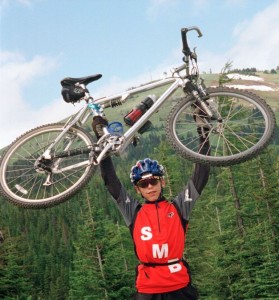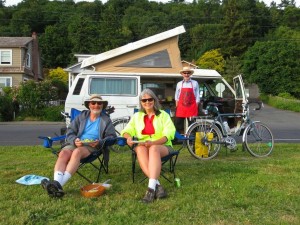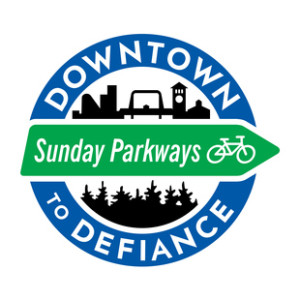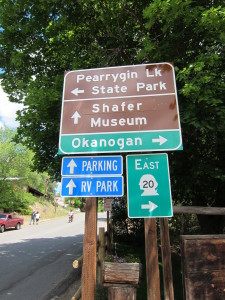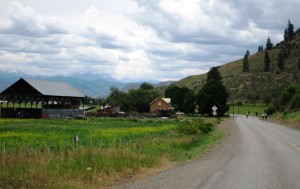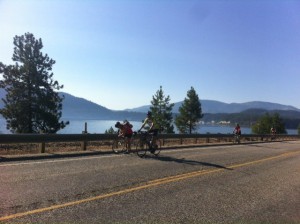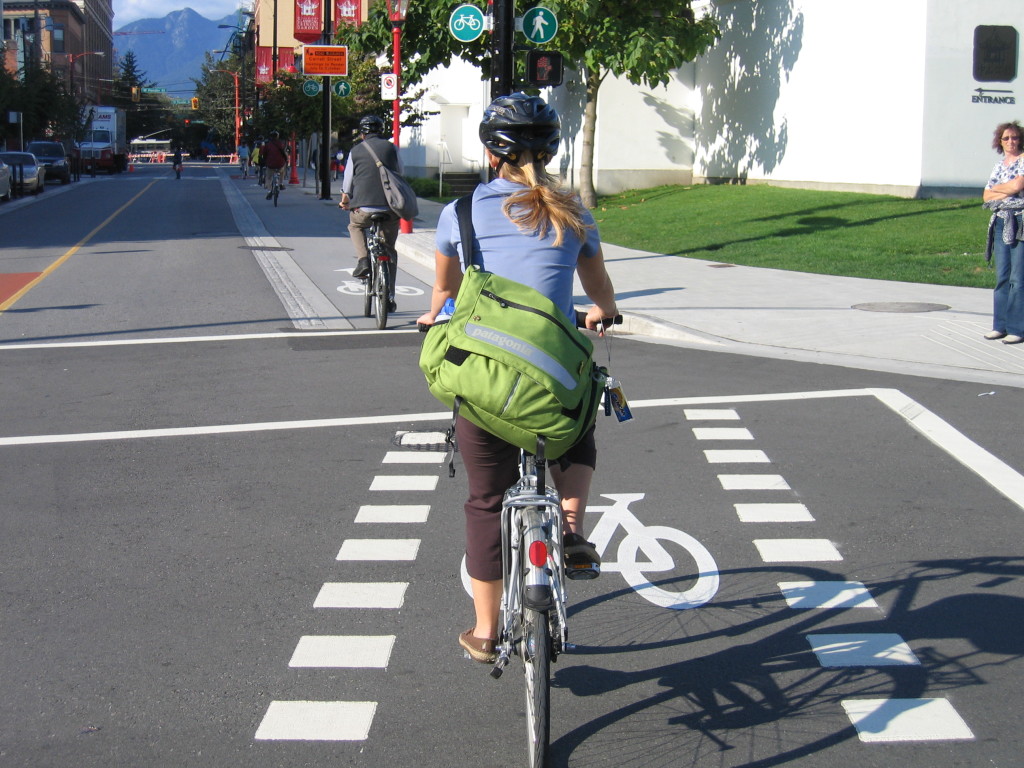This is a story of how Washington Bikes’s bike education program spreads a love of bikes throughout Washington.
This summer, I had the opportunity to visit the small town of Northport, Washington, up by the Canadian and Idaho boarders. This small town of under 300 residents is one of our newest members of the Bike and Pedestrian Safety Education Program.
Visiting and training a community is always a gift and pleasure. Over two days, we work with teachers and community members teaching first how to ride and walk safely, and then working through how to teach these skills to youth. During these days, we learn about the struggles and successes of the community, the local culture around biking and walking, and the amazing local businesses and tourism destinations.
Northport has a wealth of mountain bike opportunities and beautiful scenery. Yet few of the physical education teachers and community members in the training rode bikes to trails or for utility purposes. There was no cultural norm or common knowledge about how to ride safely with other vehicles.
During the first day of training, participants mentioned how excited they were to teach their youth how to be safe, yet they were skeptical if anyone would be able to use the skills in their community. I was a bit confused. From an outsider perspective, the cozy town appeared to have many good, quiet, routes in town to access local destinations like the school, grocery store, parks, and community center. There was definitely one big barrier. SR-25 is the main road in and out of town, and is a freight route connecting to the Canadian border. To the north of town, it goes over a bridge without any bicycle or pedestrian accommodations. The small sidewalk it originally had was made unusable when the bridge was retrofitted with guard rails. While the rest of the road has decent shoulders, this bridge section was definitely not pleasant to ride on.
As the day progressed, we talked about common causes of crashes and collisions, ways to communicate with other vehicles when riding, and lane positioning. Participants grew to recognize how being visible and predictable improves your safety. They left that evening feeling empowered but still slightly skeptical if they would want to ride on the road.
The next day we met to practice what we discussed. First we worked through how to teach youth basic riding skills and how to non-verbally communicate on the road, and the participants grew more confident themselves. From there, we found a quiet intersection next to the school to practice lane positioning and turning without many other vehicles. Introducing the activity, I could read in a few faces “You actually expect us to ride in the road?!” This skepticism transformed into a glow of confidence after a few minutes of riding through an intersection with just bikes.
From there we set out on a road ride that wound through town and even crossed the infamous SR-25 Bridge. While yesterday some participants would have laughed at me mentioning we would ride across the bridge, I was met only with reserved confidence or enthusiasm when I outlined the route. After coming back across, one participant told me that never in their life did they think they would ride a bike across the bridge. Now they knew it was not comfortable, but it was doable.
When we concluded the ride, all the skepticism of the ability to ride around Northport had been washed away. The participants were empowered that they could ride a bike around their community. Most roads in town could be comfortable for elementary and middle school youth as well. As I left, one participant shook my hand. “Thank you! This is going to be a paradigm shift for us!”
Following the training, two participants were so empowered in their ability to ride on roads that they wanted to begin a regular riding group for women in the area. Over the summer they went on several rides gaining confidence and experience.
The group rose to a new level when they road as the Northport Freewheelers in the community’s Labor Day Parade. Here they are with decorated bikes, having a ball as they clown down that threatening State Route 25.
The participants and other community members continue to develop new plans on how to support biking locally. The school plans to participate in the National Walk to School Day in October and Bike to School Day in May. Students will have the safety education program in the spring. High School students and community members assisted riders of the Blazing Saddles bike ride. The high school’s Jobs for Washington’s Graduates program is exploring ways to encourage biking by building a covered bike parking structure.
The act of connecting and training a handful of school teachers initiates a cascade of activities. The desire for a bicycle friendly community is all over Washington State. When the Bicycle Alliance goes to train teachers and community members, we fuel their desire and help give it direction. The teachers are role models for the community inside and outside of the classroom. They share the enthusiasm for what bikes can do for their community and provide learning opportunities for their community both inside and outside of the classroom. This energy will continue to improve the ability to bike in the area and inspire more residents to ride. They even see developing pedestrian and bicycle facilities on the SR-25 Bridge in the future.
